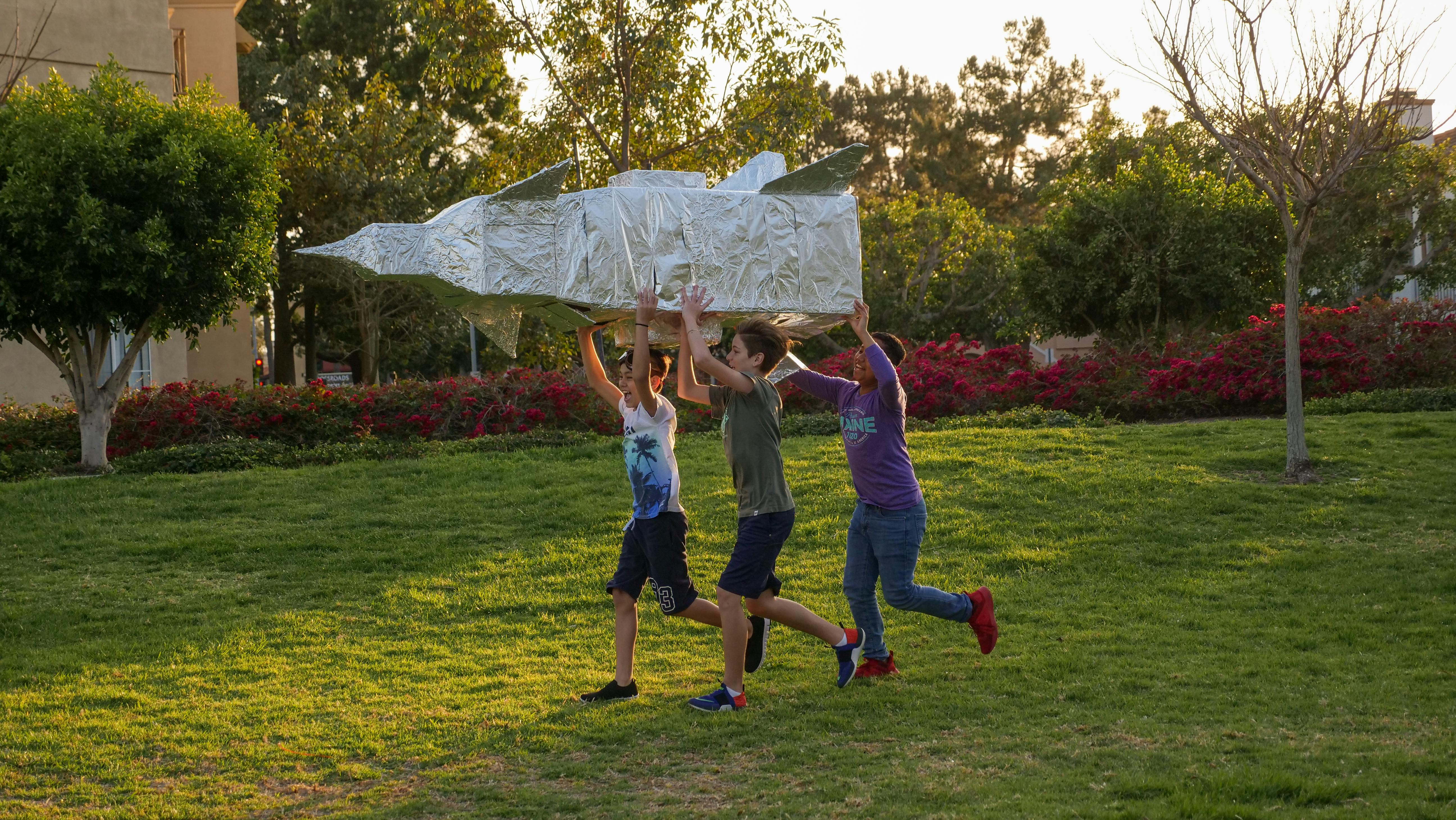Rhinoplasty, which some refer to as a nose job, is one of the most common plastic surgery operations. When done right and heals right, the results can be a dramatic improvement in appearance and self-esteem. However, when the results do not match the patient’s expectations, the result can have a negative impact on appearance and esteem. Even small changes to the tip of the nose or a “bump” can have a very positive impact on a person’s overall facial appearance. Most patients today want a natural-looking nose that matches their facial features, not a completely “new” nose that may be too small or may not match their facial features. Gently sculpting the nasal shape can bring about changes that can lead to dramatic improvements in the way a person’s face is perceived. Patients often report feeling less self-conscious and more comfortable with their appearance. It’s no surprise that rhinoplasty is one of the most common plastic surgery procedures. With a good result, it is virtually impossible to tell if someone has had surgery. However, most patients have seen a few messed-up noses and are justifiably nervous that the same thing will happen to them. Here are some simple things to know to help you get the new nose you want and not an artificial nose that screams “Nose Job!”
First of all, you need to know the changes you want to achieve. The more clearly you can identify which features to change, the easier it will be to communicate with your surgeon. For example, a patient who says that he wants the tip to be less wide and the bump to be straighter is off to a good start in communicating with the surgeon. Contrast this with a patient who simply says, “I don’t like my nose, it’s too big.” This patient has a much higher chance of ending up with a very different nose than he expected. Think about the changes you want, put these thoughts into words, and discuss them openly with your doctor. Also, don’t be afraid to mention changes you don’t want to see, like a tip too far up.
Next, you need to meet your surgeon. It sounds like a simple thing to know, but you’d be surprised how many doctors call themselves plastic surgeons and yet only have months or a year of surgical training in cosmetic surgery. A fully board certified surgeon who is a member of the American Society of Plastic Surgeons has over 5 years of surgical training after medical school. Experts agree that rhinoplasty surgery can be one of the most difficult plastic surgery operations to master. Patients are often surprised to learn that breast surgery, tummy tuck surgery, or face lift surgery can be even more challenging. However, it can also be one of the most creative and resourceful operations. Choose a surgeon who specializes in rhinoplasty and has a passion for the operation. Make sure you are comfortable with the surgeon’s personality and your interaction with him/her. Also make sure you are comfortable with the demeanor, professionalism, and demeanor of the office staff and the general office environment. Problems with any of these areas should prompt more questions. Make sure your surgeon has the necessary credentials and experience to safely provide care. Fortunately, your area has hundreds of top rhinoplasty surgeons in the country. It may only take you meeting with two or three to find the one that’s right for you! Where I work in the New York City metro area, there are some outstanding surgeons to choose from, as well as some with less than stellar credentials.
Third, you need to know what your expected result should look like. Ask to see photos of previous patients with similar noses. This is a great way to see the actual results your surgeon has achieved. If they meet your expectations of a good result, great. If they don’t, then consider going elsewhere! Also ask if your surgeon can use a computer simulation of your result. I find this to be an extremely effective way to communicate with patients about achievable results. While these tools do not guarantee actual results, they do give you a general idea of the types of results your surgeon hopes to achieve. As you review your photos on the computer, you have the opportunity to see different changes and whether they are right for you.
You should also know your center of operations. Any surgery has real risks, however rare. Make sure your surgery is performed at a nationally accredited surgery center. Common agencies that certify operating facilities are: AAAHC, AAAASF, and JCHO. Make sure your surgeon is credentialed in plastic surgery at a nearby hospital in case of an emergency. If they are not accredited to perform rhinoplasty at the local hospital, then they should not perform a nose job on you.
Another thing to know is your nasal breathing. Nasal surgery can improve. or rarely worsens nasal breathing. Past allergies, injuries, or sinus problems can affect nasal airflow. Sometimes it is necessary to repair the septum or internal nasal structures to keep the airway clear or to correct obstructions.
Finally, know your insurance and out-of-pocket costs. Changing the shape of the nose is considered cosmetic surgery and is not covered by insurance. Fees vary by surgeon, experience, and part of the country. Rhinoplasty typically costs between $7 and $15,000. For patients with respiratory problems or recent serious injuries, insurance may cover treatment for the related portions of the procedure. Talk to your plan representative and your surgeon’s office.

